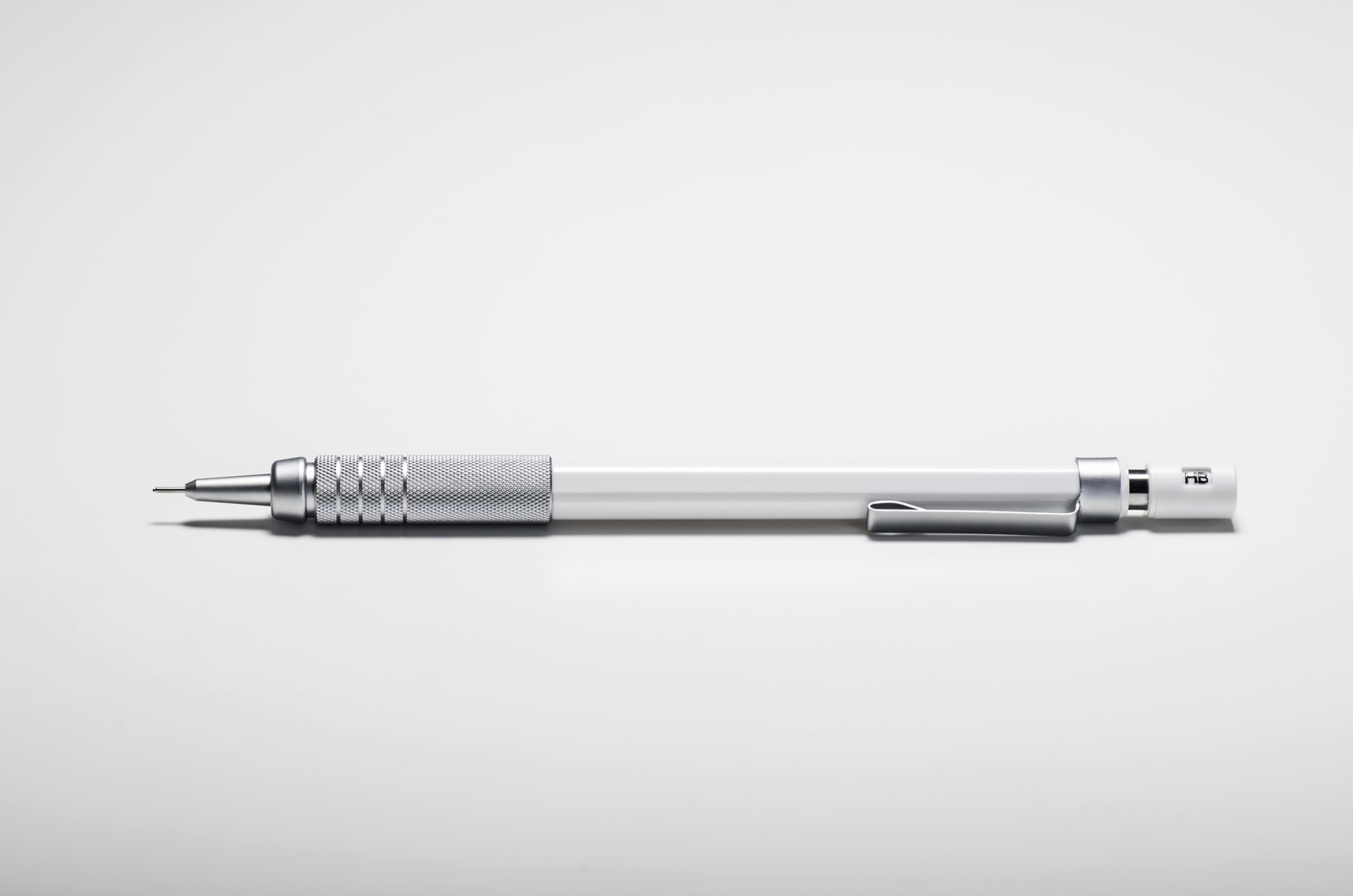I like to show up to work early. Usually I get into the office around 5:45 am. I do this because I am able to get so much more work done without the distraction and noise.
Did, I mention I have a really bad case of ADHD? Oh, wait I'm off topic again...
Where was I, oh yeah, the office. So, I go into the office early in order to get things done, but... lately there's been a problem...
What is that problem you ask?
The building recently switched to an "unnamed" software solution that ties into our BAS. This solution allows the user to control lights and temperature. The software isn't half-bad unless you show up at 5:45 am.
This is due to the fact that the office room I like to work in during the morning has no lights until 6:15 am...
Oh, I can't describe the joy of being the weird guy sitting in the dark, working on his laptop. I've been told I could call security and ask them to turn on the lights or I could use the mobile app, but I don't want to use the mobile app.
So, why did I tell you this story?
Well, besides for needing a chance to vent, I wanted to express how binary (on/off) control can impact the user experience.
When I talk about binary control so many folks are tempted to skip over the instruction. I mean after all its on/off control how hard can it be?
But you see that is the wrong way to approach this lesson. Binary control is quite simple, but the application of binary control is not as simple.
Think about it. If the lights in the office I work in were proportionally controlled I would have at least some light, after all 40% is better than zero. However, with Binary control, it's quite literally on or off.
There is no choice, no in between, and because of this the choice to use binary control has user experience impacts.
So, don't dismiss this teaching, who knows what impact your design and installation choices might have...
How Binary Control Works
In this section I am going to show you how binary control works, thanks Captain BFO...
I will begin by describing what binary control is, next I will describe where binary control is used, and finally I will talk through potential garden rakes you want to avoid when using this control method.
Ready to get your learn on?
What is Binary Control?
So what exactly is binary control, or rather two-position control, and why do I call it binary control?
Well, first things first the reason I call this control binary control is because it has two options. If you really think about it, binary outputs are digital outputs that supply a constant voltage.
For example, if I look at the output types provided by a common field controller I am provided 4 output types, more on this in the output post (coming soon).
These output types are analog outputs, 24VAC triacs, PWM outputs, or Relays.
We are specifically focused on the Triac and the Relay. Both of these devices have two states, open or closed. Depending on their state the output will provide voltage to a control device. The voltage is constant, usually 24 volts AC (alternating current), and is used to operate control devices (like actuators).
Where is Binary Control Used?
So, where is binary control used?
Binary control is typically used to control devices that have two states.
What is a state?
A state is an absolute condition. For example, a Chiller can be Enabled or Disabled or a Actuator can be Open or Closed. With binary control these "states" are absolute, meaning you can't have a Chiller that is kind of enabled.
It either is on or it isn't. In a way, binary control is one of the easiest forms of control.
However, with great ease comes, great potential for screw ups...
What are the Potential Pitfalls Related to Binary Control?
I've seen walls, literal concrete walls, blown off a roof because the control system didn't open a damper. Imagine, the chaos if the central plant enable signal failed, chaos..
It reminds me of a time when I was in the military. As some of you may know, I have a background in wrestling. Well, when I was in the Navy I might have been wrestling in a part of the ship that controlled the radar signals, and I might have accidentally broke off the power switch shutting down all the radar on the ship..
These rumors may or may not be true, but the important part of the store was that there was a single, binary switch, that controlled the radar sweep. You can imagine the problems with this scenario.
These are the problems you will face in your day-to-day projects.
Here is what I want you to take away from this story. When it comes to critical systems make sure you have an alternative method for controlling your systems. I typically recommend having a manual (hand) switch for these systems.
Conclusion
In today's post I went through binary control. I took you through my own personal experience with this control mode and then I explained the what, how and where of binary control.
This officially wraps up the first module of the learn series control modes! I hope you are enjoying the series.
What topic would you like to see me cover next?
Let me know in the comments below!






